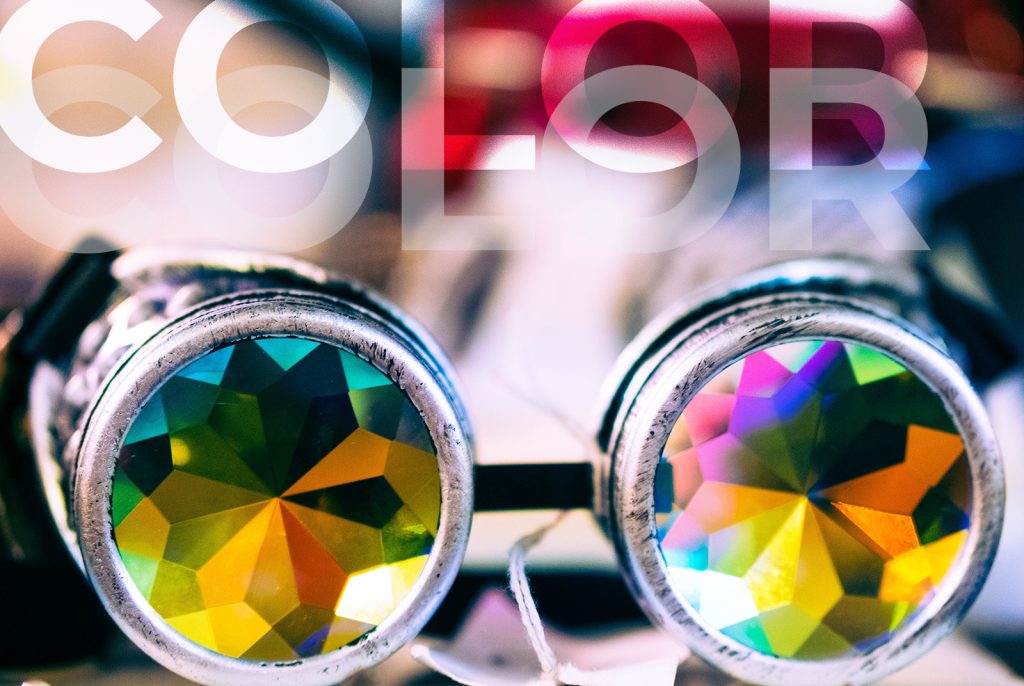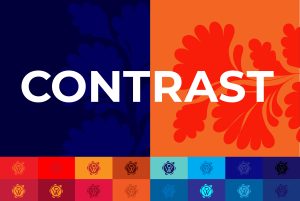Why is the sky blue, the banana yellow? When asked by one of my kids at a young and tender age, I would answer, “God made it that way” if they ask me today, my answer will be much different. Honestly, they would probably tune me out within the first few seconds (I have teenagers). My answer today is a little harder to swallow. Without your eyes and brain, there is no such thing as color. All of the beautiful color around us is in our head. So, God didn’t make the grass green. He made our eyes and brain see green. Are you with me?
Let there be light. Objects do not have a color. They give off light that appears as a particular color. So, to see color, you need a light source. Sir Isaac Newton was the first person to realize that white light contains all the colors. He discovered what we now know as the spectrum. But anyone who’s ever mixed paints knows when you mix all the colors in your palette, you most definitely do not get white. Newton was not dealing with paint though he was dealing with light.

Additive color
The mixing of light is called additive color, known to us in the design world as RGB. Every color in the rainbow can be seen by mixing red, green and blue. Think of your computer monitors, tv screens etc. You obviously see a wide range of colors on your monitor. However, get really close to the screen, and you will notice that everything you see is composed of tiny dots of red, green and blue. The little dots are called pixels. Your eyes are mixing the colors for you from a distance – like a painter would on a pallet. With additive color, the more colors you add together, the lighter the color becomes. By mixing all colors, you make white light.

Subtractive color
Speaking of paint, remember the muddy mess you get when you mix too many colors on your pallet? This happens because you are dealing with subtractive color, also known as CMYK. CMYK is an acronym for the primary colors cyan, magenta, yellow and black. Yes, I said primary colors. Sorry, but your grade school teacher was wrong; we see colors based on the 4-primary color chart. These four inks are used in the 4-color printing process, also known as digital printing or full-color printing. When you combine CMYK, you get black or the subtraction of color. With subtractive color, what you’re seeing isn’t really there. Most objects will absorb (or subtract) certain colors and reflect whatever it doesn’t absorb. Take your yellow banana, for example. The banana absorbs all of the colors of the spectrum and reflects what you see as yellow.
“In nature, light creates the color; in the picture, color creates light.”
-Hans Hofmann
Color is amazing, beautiful and complicated. Different colors evoke different emotions, often on an individual level. Though we could get by just fine in a world of black and white, many of us are lucky enough to have the ability to see thousands of colors. I, for one, wouldn’t have it any other way.


